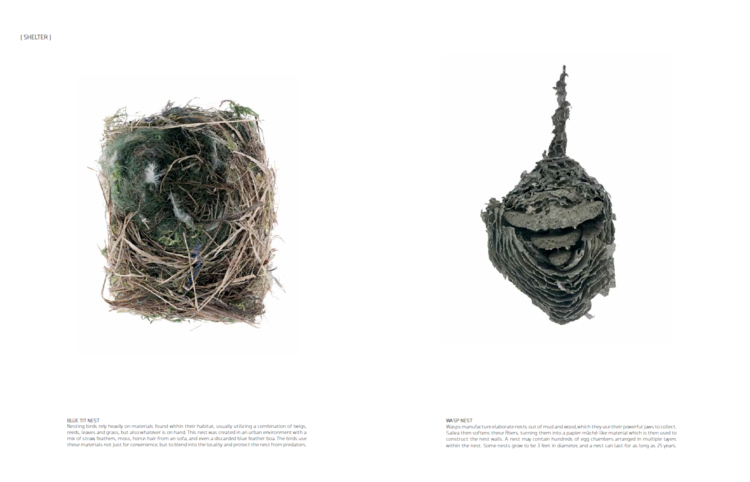Earth's Geology: A Fine Art Exploration
The Earth's geology, a vast and complex tapestry woven over billions of years, is more than just a scientific subject; it's a breathtaking source of inspiration for artists across the globe. From the towering majesty of mountains to the intricate detail of mineral formations, the planet's geological features offer a rich palette of textures, colors, and forms that artists are increasingly translating into stunning works of art. This exploration delves into how geology is influencing and inspiring the fine art world.
Geology as Inspiration: More Than Just Rocks
Geological formations are not merely inert structures; they tell a story—a story of immense power, delicate balance, and the passage of time. This inherent narrative captivates artists, pushing them to explore the emotional and aesthetic aspects of our planet's deep history. Consider these aspects:
-
Texture and Form: The rough, sculpted surfaces of weathered rock, the smooth curves of flowing lava, the sharp crystalline structures of minerals – these tactile qualities inspire artists to explore three-dimensionality, experimenting with materials and techniques to replicate the feel and appearance of geological wonders. Sculptors, in particular, find fertile ground in the natural forms created by geological processes.
-
Color and Light: The dramatic hues of sedimentary layers, the iridescent gleam of certain minerals, and the way light interacts with rock surfaces provide a vibrant spectrum of color and light that artists utilize in their paintings, drawings, and photography. The interplay of shadow and light on a canyon wall, for instance, can be a powerful subject for a landscape painting.
-
Scale and Perspective: The sheer scale of geological features, from vast deserts to towering cliffs, forces a unique perspective on the human condition. Artists utilize this scale to create a sense of awe, wonder, and the insignificance (and significance) of humanity in the face of geological time.
Artistic Expressions of Geology: A Diverse Landscape
The intersection of geology and art manifests itself in diverse ways:
-
Landscape Painting: This classical genre has always been closely tied to geology, but contemporary artists are pushing boundaries, exploring new mediums and perspectives. Think of the dramatic landscapes of Caspar David Friedrich, or the contemporary interpretations that incorporate climate change and human impact on the geological landscape.
-
Sculpture: Sculptors often draw inspiration from geological forms, creating works that mimic the natural world through material choices and form. Think about the monumental scale of some earthworks, or the detailed miniature recreations of mineral structures.
-
Photography: Photography captures the beauty and detail of geological formations with breathtaking clarity. Aerial photography, in particular, provides a unique perspective on the vastness of geological processes.
-
Digital Art: Digital artists are leveraging technology to explore geological data in creative ways, visualizing complex processes and creating stunning visuals based on scientific data.
The Future of Geo-Art: Collaboration and Conservation
The future of art inspired by geology lies in collaboration between artists and scientists. This interdisciplinary approach can lead to a deeper understanding of geological processes and inspire innovative forms of expression. Furthermore, the growing awareness of climate change and the fragility of the Earth's ecosystems is leading to a surge in art that highlights the need for conservation and sustainable practices. Geo-art is becoming a powerful tool for raising awareness about environmental issues and promoting responsible stewardship of our planet.
Call to Action: Explore the Beauty of Geology
Take some time to explore the beauty and complexity of the Earth's geology. Visit a national park, explore a local geological site, or simply look at images of geological formations online. Let the raw beauty of the Earth inspire your own creativity and appreciation for the natural world. Consider supporting artists who are exploring this fascinating intersection of art and science. You might be surprised by the profound impact it has on your own perspective.

